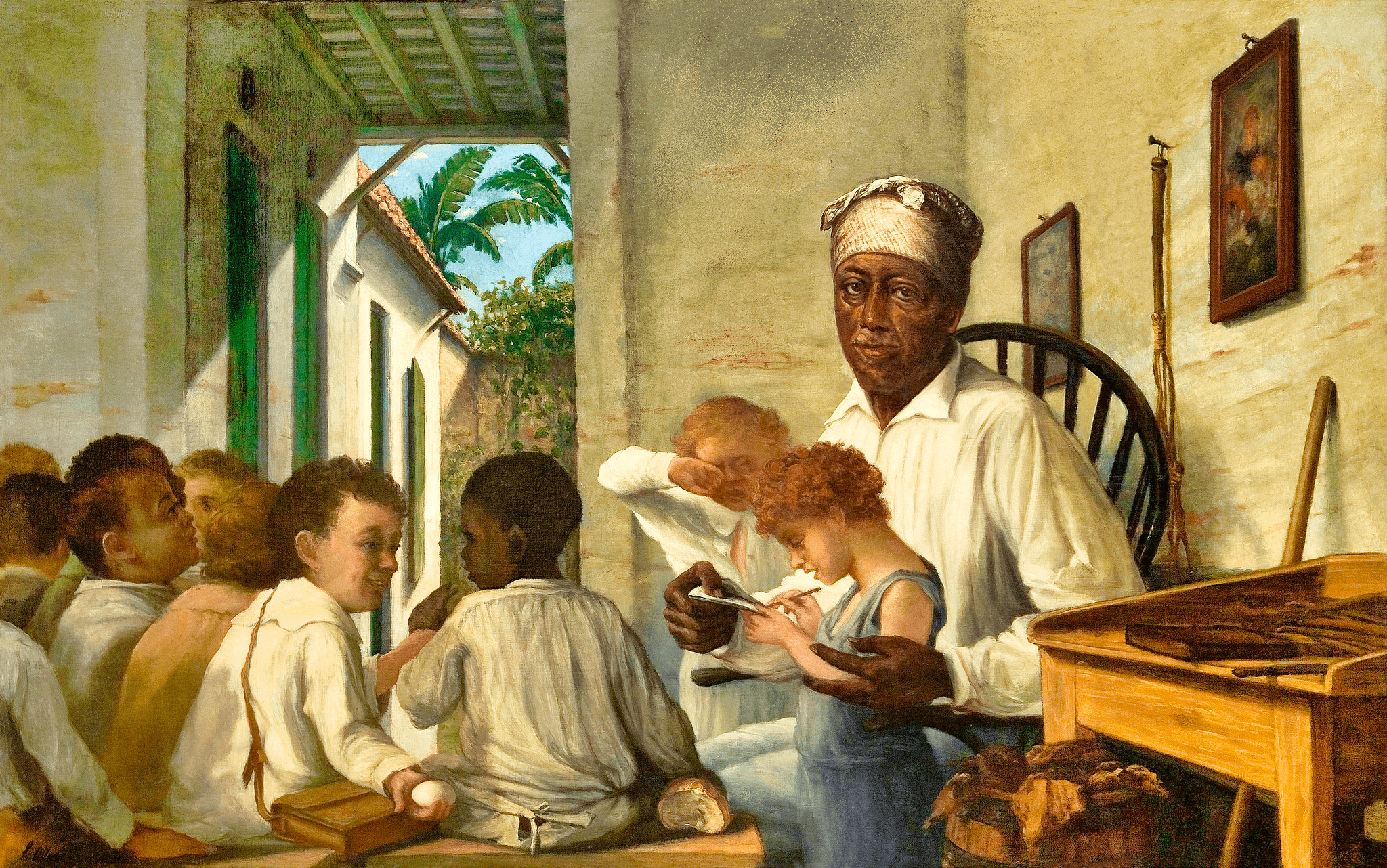
Empowering LEARNERS TO succeED!
MAES
For more than 20 years, Montoro & Associates Editorial Services (MAES) has provided exemplary pedagogical and linguistic support in the fields of language education and translation.
We are a minority-owned company led by associates, who follow principles of diversity, inclusion, cultural relevance, and achievement motivation in the work we do.
Most importantly, MAES is guided by our founding principle: Exceed client expectations!
We work with large corporate entities and small startups. We extend our services to both federal and state government agencies, as well as non-profit organizations. Our editorial footprint is global. We are based in the New York City metropolitan area and nurture a broad reach worldwide.
MAES is a leader, influencer, and dedicated partner in multicultural content development, localized adaptations, translation, transadaptation, content editing, art, design, and production.
